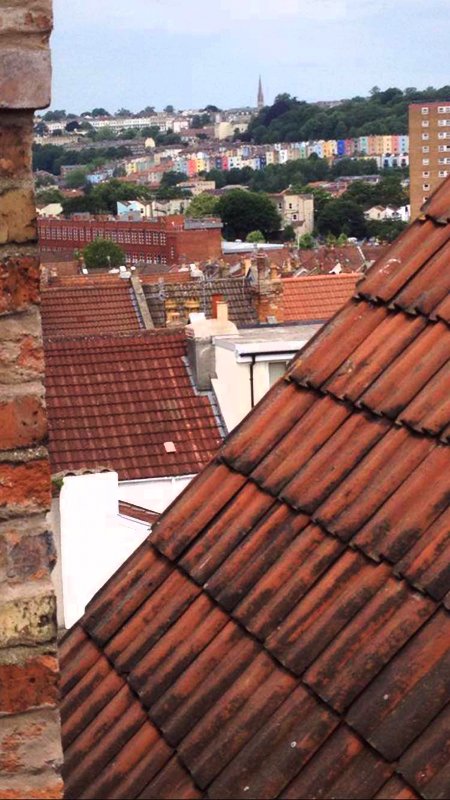THE BRISTOL PROPERTY MARKET

Our most-read posts are ones where we talk about areas of Bristol that appear under valued or “the next big thing”. So we thought we would look at the history and movement of pricing in and around Bristol over the last seven years. We do a lot of work for first time buyers; these are normally tech savvy white-collar professionals who want to live close to the city centre. We have noticed a swing in the requirements of these buyers! Seven years ago, most wanted character Victorian or Edwardian property, within the postcodes of good schools. Now the main focus is the postcode relating to the distance from the city centre. Despite Brexit uncertainty the demand and hence price has remained stable in these areas.
Location, location…
We only do Full Building Surveys rather than the lighter Home-buyers reports. And seven years ago a great deal of our work was in Bedminster in South Bristol. However, the supply/demand equation kicked in. Selling prices were hiked out of the reach of most first-time buyers, so their emphasis shifted towards Brislington around five years ago. Brislington then saw a sharp upswing in pricing but this did not last long, unlike Bedminster and Windmill Hill. Around four years ago, there seemed to be substantial movement towards Easton and St George. Prices there rapidly escalated and again out stripped the first-time buyer especially in Easton and the St Marks Road area. We then saw a sustained period of growth in Fishponds until relatively recently, as the properties were bigger and offered better value for money.
Where next ?!
The first-time buyer market in Bristol doesn’t appear to be as driven by London money as it was say five years ago. We are seeing people who have been resident in Bristol for more than five years now getting onto the property ladder. The focus of these buyers is often the smaller Victorian housing. This has seen Kingswood take a step up in pricing; in the 2007 boom era, Kingswood did not see the house price gains of places closer to the city centre. This movement probably reflects the growing size of Bristol’s population as it expands outwards. Bishopsworth , Stoke Gifford and Northville are now becoming more attractive to first time buyers. As they are priced out of places closer to the city centre, but these areas each have other qualities that we will explore over the next few blogs.
What about condition?
The housing in these more inner-city areas is often former rental properties that have come onto the market. Over the past couple of years, there have been big changes in tax relief on loans for rental properties. Older landlords in particular are often choosing to take the equity growth and quit the rental market. However, the condition of these properties is often fairly poor as they have simply been cash generators for the landlords and uncared for by tenants. Such properties often require significant upgrading. This ranges from the readily-visible kitchens and bathroom facilities to the more expensive elements such as roofing, windows and doors. They often have no ‘chain’ so the cheap headline prices of such properties seem very attractive to first time buyers, especially at auction. However, the cost of the repairs required to bring them up to a good standard often makes them disproportionately expensive. More so than other houses being sold by families in similar area or further out.
So these are our observations, based on hundreds of full building surveys around Bristol. They are NOT recommendations to purchase a property in any given area – we look forward to seeing what happens in the Bristol property market in 2019 !
